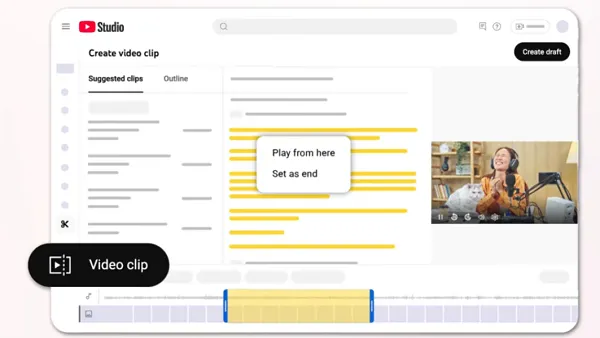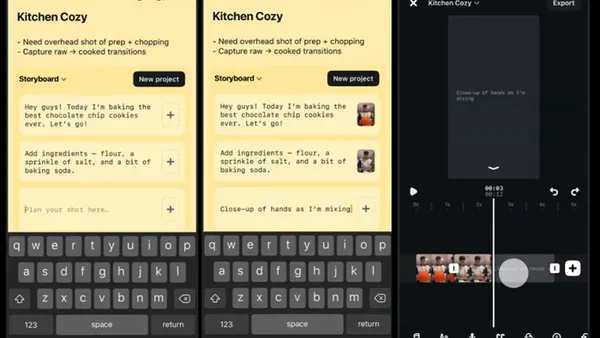With Twitter turning 5 last week and more than 1 billion tweets per week now being sent, the site is becoming ever more noisy - so how can you compete, to make other readers react to your tweets?
Whether running a personal account, or a social media agency or in-house team running a client campaign, the key is the ability to create discussions with your followers or Facebook friends that lead to actions and amplification of the original message - in other words, what many sites are now referring to as Twitter Influence.
One the one hand, Twitter, like many other social networks, is easy to measure in purely numerical terms. However, by measuring Twitter Followers, for example, this really only tells a fraction of the story. So, a truer measure of influence is not just a follower or fan-base, which only details the potential direct reach of any post, but also the engagement around each post. Indeed, there is a growing belief that whilst follower or fan numbers are of course easy to read, engagement remains a relatively intangible criteria to measure. The two remain inextricably linked but engagement in social media is in many ways the more telling of the two aspects.
Companies like Klout and Twitalyser offer quantitative statistics to compare Twitter Influence based on factors such as follower counts, retweet volumes, list memberships, Facebook 'likes', comments and a number of other parameters. However, it's an emerging and inexact science, with algorithms being revised and improved all the time. Klout recently revised its algorithm resulting in a number of scores being revised significantly, for example.
However, behind all the formulae lies a more fundamental guiding principle: namely the correlation between interesting, well crafted content and engagement.
If one regards Twitter users as content publishers, then it becomes easier to make the correlation with interesting, participative content and successful accounts - in terms of both follower numbers and engagement levels.
Simply put, regular calls to action and interaction with followers and other Twitter users is a great catalyst for Twitter growth.
Moreover, if you maintain a broad narrative thread, this enables followers to latch on and participate more easily. Whether they agree or disagree, if it's interesting enough, they will be more likely to engage.










